Fire Emblem has become one of the most popular and recognizable franchises in gaming history since its first game, which was released in 1990. Though its core gameplay has primarily remained the same throughout the years, slight tweaks and many improvements have constantly been added to each new release to keep the fan base engaged.
More than 20 years later, the franchise’s most recently launched entries are still constantly praised and met with widespread acclaim. With a new installment already announced, there’s never been a better time to revisit the history of the Fire Emblem series in release order.
Related: Fire Emblem Engage is the next installment of the tactical series, coming January 2023
All Fire Emblem games, released so far
Fire Emblem: Shadow Dragon and the Blade of Light (1990)
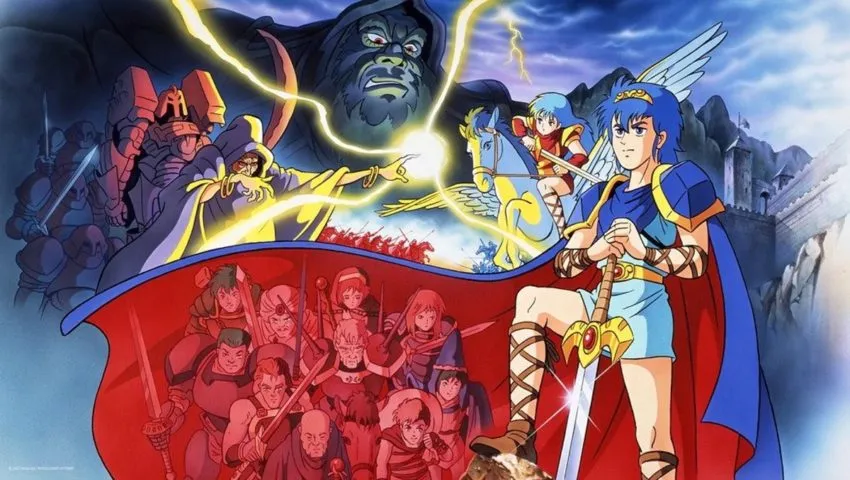
The first Fire Emblem game, entitled Shadow Dragon and the Blade of Light, received a Japan-only launch in 1990 for the Nintendo Famicom. It was notably re-released in 2020 for the Nintendo Switch but was eventually delisted a few months later due to its mixed reception.
Players are given the role of Marth as he travels with his army across the continent of Archanea to regain control of the kingdom from the evil wizard Gharnef and the Shadow Dragon Medeus. This opening entry introduced the grid-based strategic battles and character classes that have become synonymous with the series.
Fire Emblem Gaiden (1992)
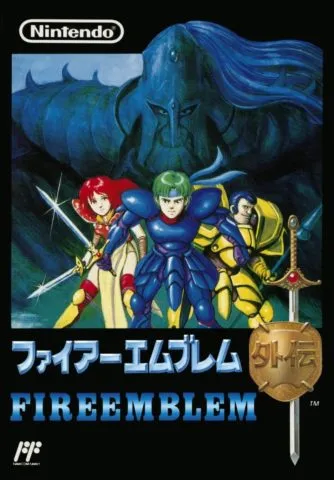
Gaiden, the second installment in the series, also received a Japan-only release two years later. This time around, players would be able to manage two different armies led by Alm and Celica as they attempt to bring peace to the continent of Valentia. Gaiden was also the first entry in the series to introduce an explorable overworld. The gameplay largely remained the same; however, it did allow characters to switch classes after reaching a certain level as opposed to the static system of the previous game.
Fire Emblem: Mystery of the Emblem (1994)
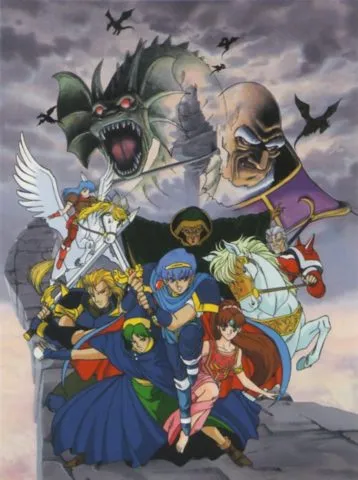
The third entry, called Mystery of the Emblem, was launched in Japan in 1994. It was also notably the first to be released for Nintendo’s Super Famicom system. This was a particularly unique installment because it was split into two parts, with the first half being a rehash of Shadow Dragon and the Blade of Light. On the other hand, the second half served as a sequel to the first installment. In it, players would again take control of Marth and his allies as they protect the continent of Archanea from the forces of evil.
Fire Emblem: Genealogy of the Holy War (1996)
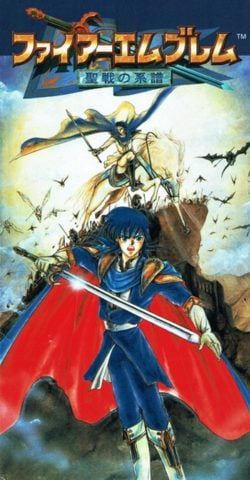
The fourth installment in the series and the second to be released for the Super Famicom system, Genealogy of the Holy War, was made available to the Japanese public in 1996. This title was set in a completely different continent called Jugdral, where players would get to control Sigurd and his son Seliph. The story would also be split between two generations, each with a different set of characters. Genealogy of the Holy War would be the first to integrate the Weapon and Element Triangle, where certain types of magic and equipment would have their own specific strengths and weaknesses against other types.
Fire Emblem: Thracia 776 (1999)
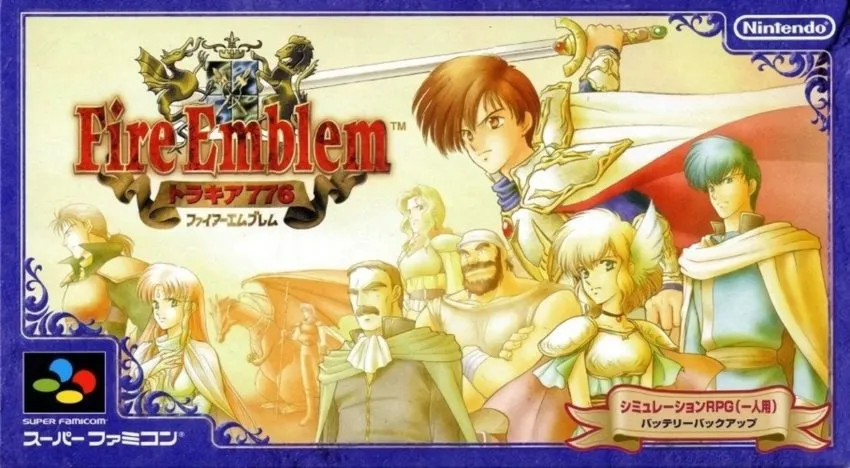
Thracia 776 would initially released in 1999 through the Nintendo Power service and was relaunched for the Super Famicom in 2000. This would be the last entry released for the Super Famicom as the next few installments would eventually transition to more modern consoles.
Thracia 776 is set in Jugdral, the same continent as Genealogy of the Holy War. The events take place during the second generation of the previous game, but instead of controlling Seliph, players are given the role of Leif as he attempts to take back the kingdom of Thracia. This entry also included a new feature to the game where certain actions would raise a character’s fatigue, and if it reached a certain level, a party member would not be playable for the next chapter.
Fire Emblem: The Binding Blade (2002)

The Binding Blade would mark the beginning of Fire Emblem’s handheld era as this would be the series’ first entry for the Game Boy Advance. Much like some of the previous installments, this game takes place in a completely different continent of Elibe. Players also take control of a new central character named Roy, along with his allies, as they attempt to save the continent from the forces of King Zephiel.
The franchise’s turn-based combat and grid-based movement system largely remained the same for this entry. However, developers Intelligent Systems did place a great deal of focus on making this game easier for newcomers as the previous release, Thracia 776, became infamous for its unforgiving gameplay.
Fire Emblem: The Blazing Blade (2003)
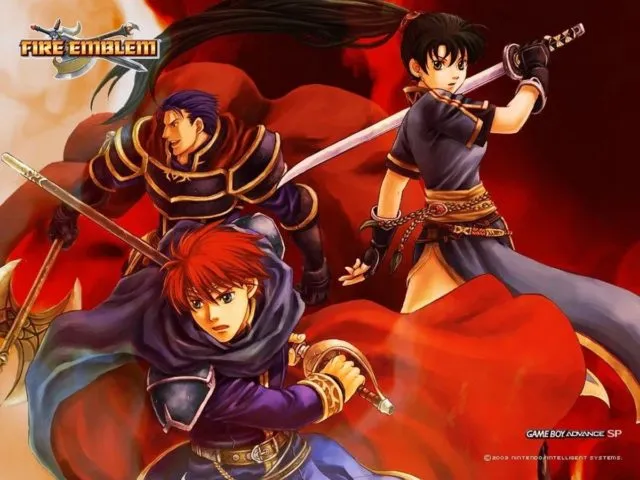
The Blazing Blade was the second entry released for the Game Boy Advance, but it was also the first in the series that received an international launch. Set in the continent of Elibe, its story serves as a prequel to the events of The Binding Blade as players take the role of a nameless tactician who joins the group of Lyn, Eliwood, and Hector as they search for Eliwood’s father.
Though its gameplay and combat stayed true to the formula of previous releases, a tutorial was added to the beginning of the game to introduce and acclimate new players to the Fire Emblem system.
Fire Emblem: The Sacred Stones (2004)
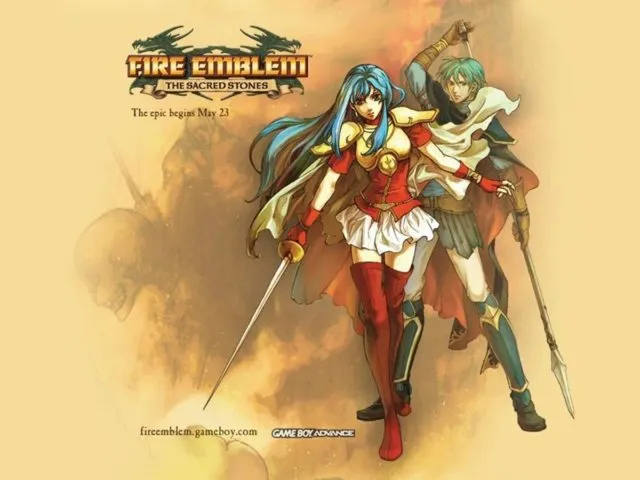
Released in 2004, The Sacred Stones would be the third and last entry launched for the Game Boy Advance. Players are given the role of noble siblings Eirika and Ephraim as they attempt to take back the kingdom of Renais from Emperor Vigarde and the Grado Empire. Set in the continent of Magvel, the story revolves around the five Sacred Stones housed by the game’s five nations which were used to imprison and defeat the Demon King. Players were also given the choice of opting between two different routes at a certain point in the game, with Eirika’s and Ephraim’s campaigns each containing different allies.
Fire Emblem: Path of Radiance (2005)
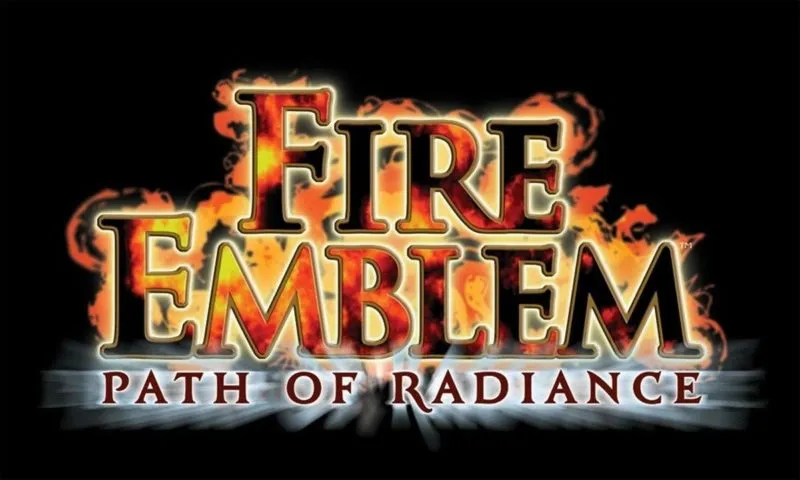
Path of Radiance was released worldwide in 2005 and would notably be the first and last entry launched for the Nintendo Gamecube. Its setting would take place in the completely different continent of Tellius, where players would take the role of Ike along with his allies. Because of its transition from the Game Boy Advance to the more powerful Gamecube system, this entry was the first to feature improved graphics, full-motion cutscenes, and voice acting across all versions.
Fire Emblem: Radiant Dawn (2007)
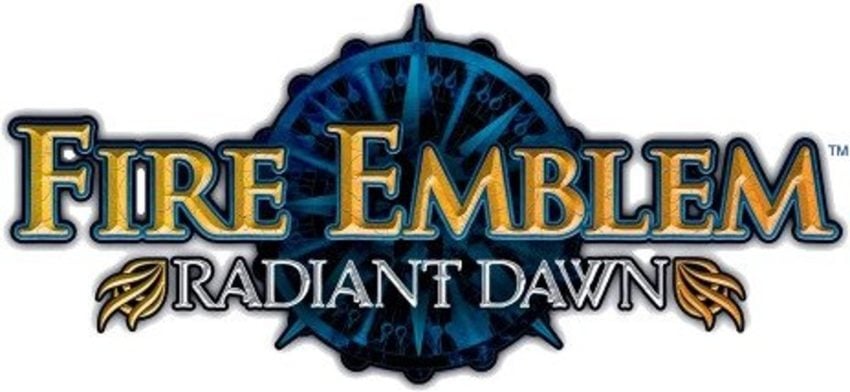
Radiant Dawn, the follow-up and a direct sequel to 2005’s Path of Radiance, received a release in 2007 and also became the first game that was developed for the Nintendo Wii. Set once again in the continent of Tellius, the story would instead focus on Micaiah, a different central character from the previous game. However, players would still be able to control various groups in the game due to the plot being split into separate parts.
Fire Emblem: Shadow Dragon (2008)
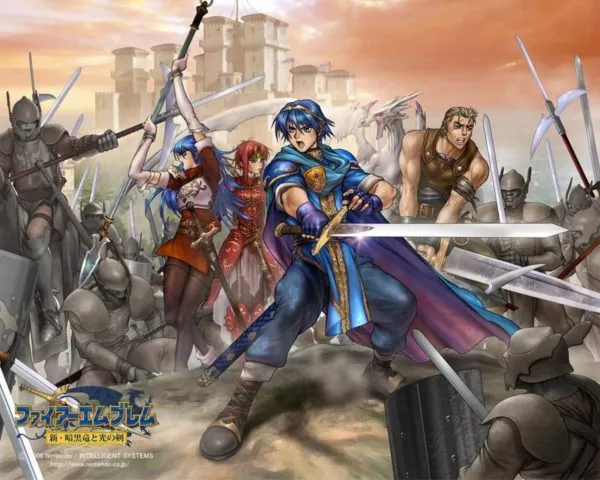
Shadow Dragon would mark Fire Emblem’s return to handheld consoles as this would be the first installment developed for the Nintendo DS. It would also notably be the first entry to be released for the Wii U. Although the game was launched in Japan and Europe in 2008, it would be made available for the North American audience a few months later in 2009. Shadow Dragon is a retelling of the series’ first-ever game, Shadow Dragon and the Blade of Light, released in 1990.
Fire Emblem: New Mystery of the Emblem (2010)
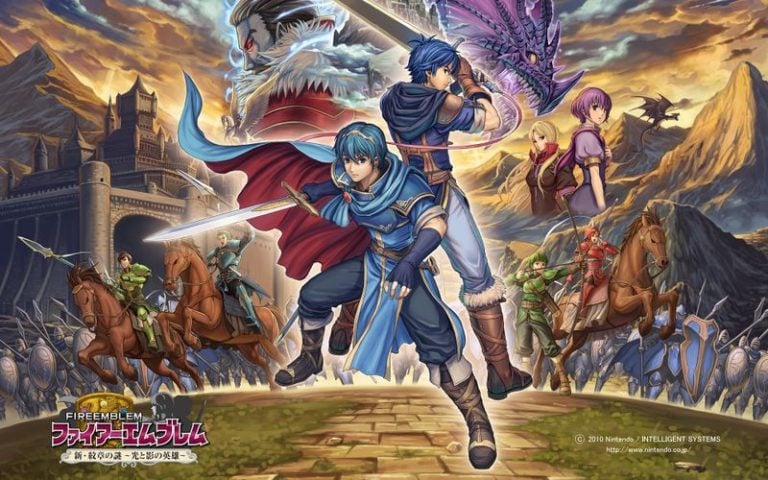
The second game released for the Nintendo DS, New Mystery of the Emblem, was launched in 2010 and is a remake of the similarly named 1994 title. This entry’s gameplay largely remained the same, with the significant addition being the inclusion of a limited multiplayer element that was made possible through the DS’ Wi-Fi feature.
Fire Emblem: Awakening (2012)
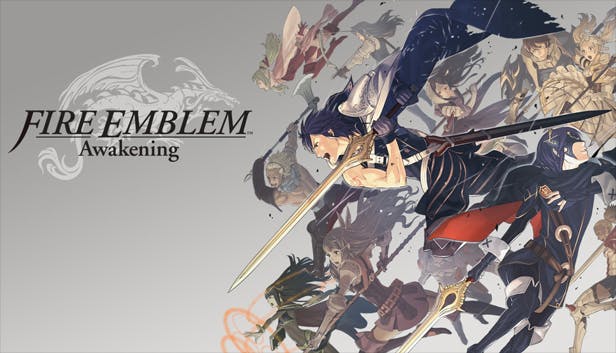
Awakening was the thirteenth installment of the Fire Emblem series and was also the first to be launched for the Nintendo 3DS. Players take the role of Robin, a customizable character, who serves as the tactician for Chrom and his allies.
This entry was a significant turning point for the series as previous releases had steadily been seeing dwindling sales. Awakening could possibly have been the last installment for the franchise but thanks to the extremely positive reception that it got, Intelligent Systems and Nintendo were able to carry on creating further entries for this franchise.
Fire Emblem Fates (2015)
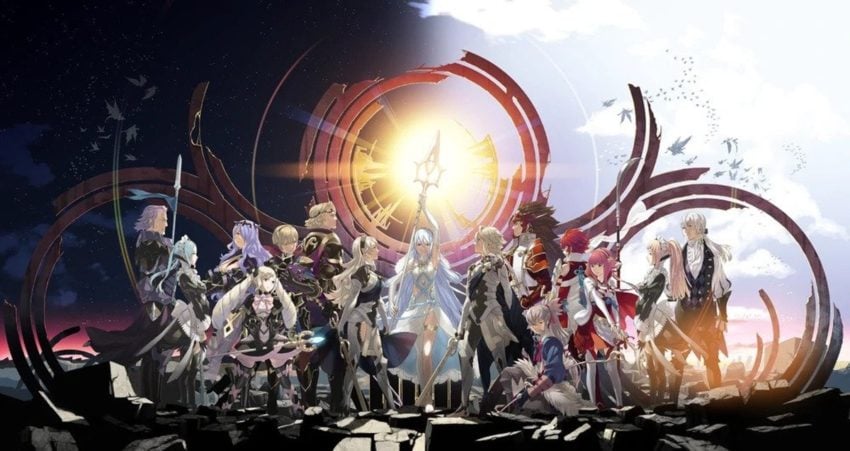
This entry was a significant turning point for the series, as previous releases steadily saw dwindling sales. Awakening could possibly have been the last installment for the franchise, but thanks to the extremely positive reception that it got, Intelligent Systems and Nintendo were able to carry on creating further entries for this franchise.
Tokyo Mirage Sessions #FE (2015)
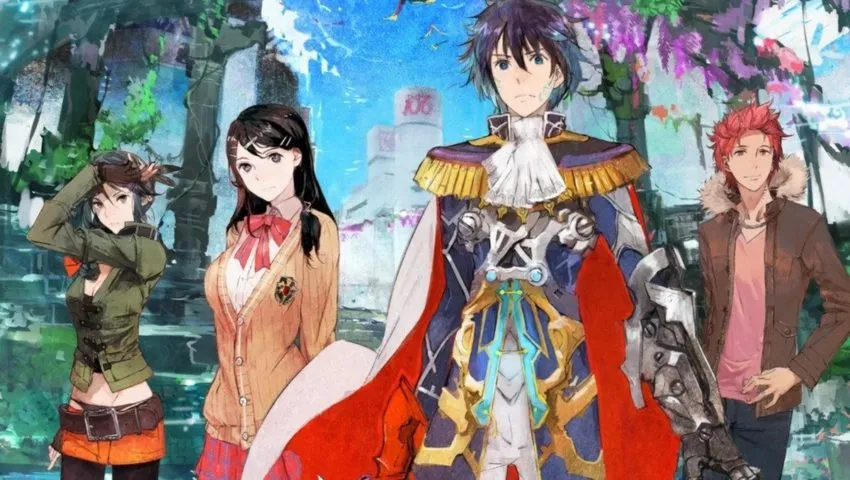
Tokyo Mirage Sessions is a spin-off title that merges elements from Atlus’s Shin Megami Tensei franchise and Nintendo’s Fire Emblem series of games. It was initially made available to the Japanese audience for the Wii U in 2015 and was launched internationally in 2016. A re-released version of the game called Tokyo Mirage Sessions #FE Encore has since been released for the Nintendo Switch in 2020.
Fire Emblem Heroes (2017)
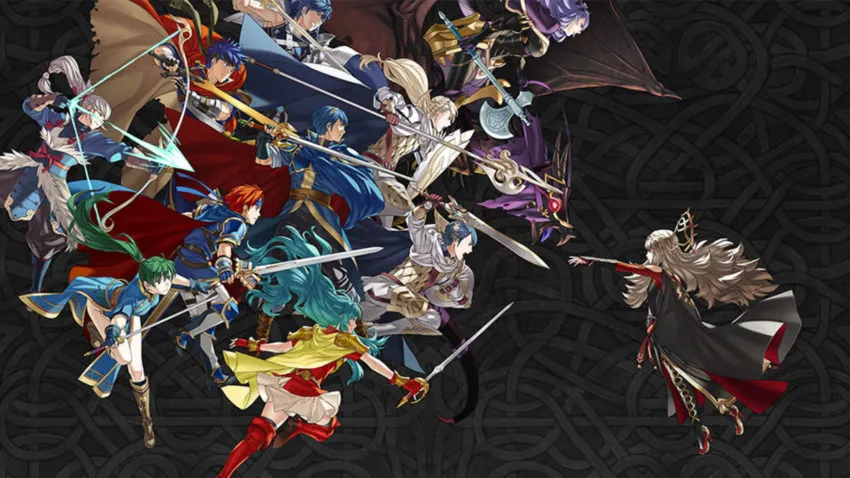
Heroes was released worldwide in 2017 and became the first entry in the series exclusively developed for mobile platforms. Grid-based movement and mechanics remained the same as previous releases, albeit at a smaller scale, due to the game’s native system being less powerful than other typical gaming consoles. Players would begin with a team consisting of three main party members: Alfonse, Sharena, and Anna, while other characters could be recruited through a gacha system.
Fire Emblem Echoes: Shadows of Valentia (2017)
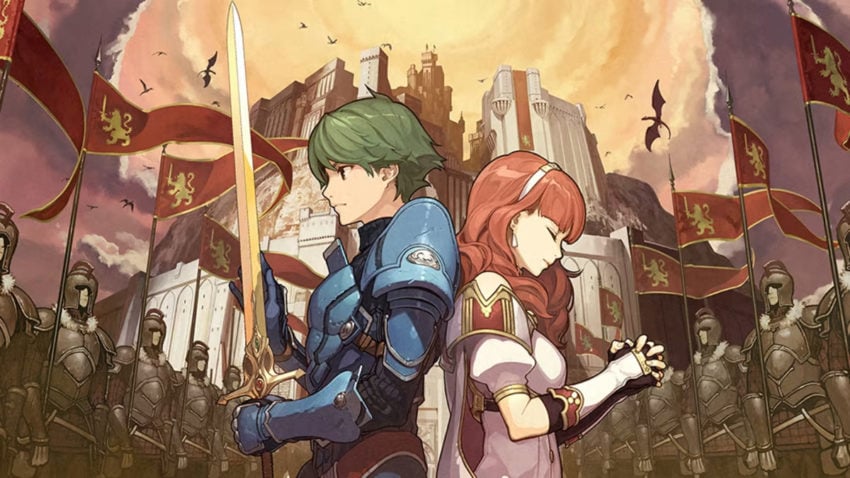
Shadows of Valentia, which was released in 2017, is the third entry developed for the Nintendo 3DS. This entry is a remake of the 1992 title, Fire Emblem Gaiden, which initially received a Japan-only launch. Much of the core gameplay and elements are retained for this installment; however, features present in the original game, such as dungeon crawling and fatigue levels, made their return.
Fire Emblem Warriors (2017)
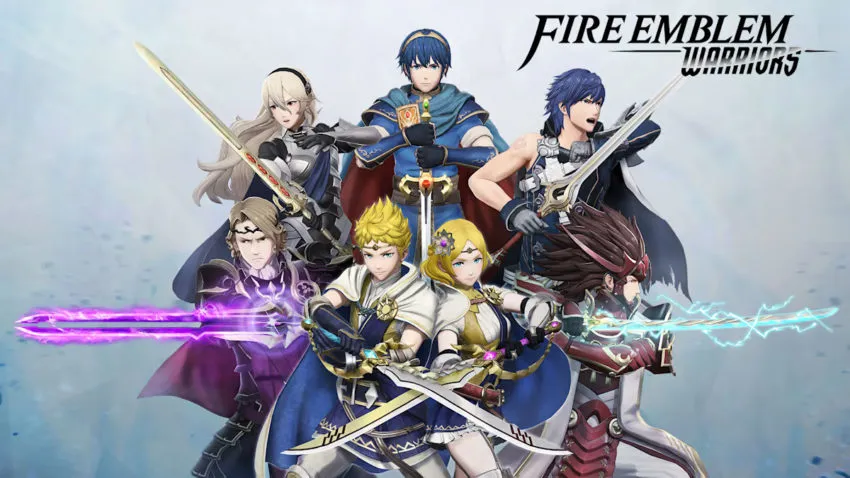
The release of Warriors in 2017 became significant due to its departure from the series’ grid-based, strategic gameplay. This installment was instead developed as a Musou game, similar to the Dynasty Warriors franchise. Players were able to take control of the main characters, Rowan and Lianna, but other familiar names from previous titles also appeared and became playable throughout.
Fire Emblem: Three Houses (2019)
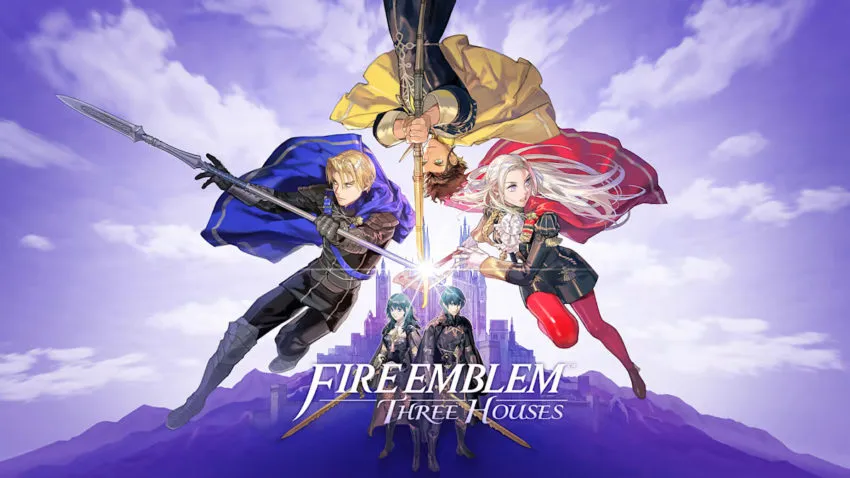
Three Houses, released in 2019, was the second title launched for the Nintendo Switch, following Fire Emblem Warriors in 2017. Set in the continent of Fodlan, players take the role of the mysterious, silent protagonist Byleth as they manage a class of their choosing at the Garreg Mach Monastery. The three groups that players could choose between were the Black Eagles, Blue Lions, and the Golden Deer, with each class having its own unique members that they could bring to battles.
The game’s combat system remained the same; however, it was made significantly easier than previous titles due to the Divine Pulse mechanic, which could undo several actions up to a certain point.
Tokyo Mirage Sessions #FE Encore (2020)
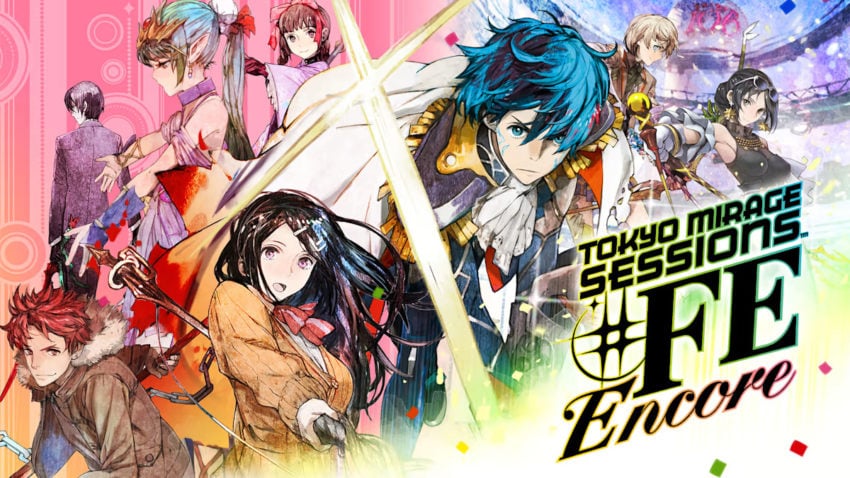
Tokyo Mirage Sessions #FE Encore is a Nintendo Switch port of the similarly named title released in 2015 that was originally made for the Wii U.
Although Tokyo Mirage Sessions #FE Encore in-game mechanics and plot remained unchanged, a variety of additions were included in this installment, such as new story content and character costumes based on other Atlus and Fire Emblem games.
Fire Emblem Warriors: Three Hopes (2022)

Developed by Omega Force, Three Hopes is another Fire Emblem entry that deviated from its typical strategic gameplay. Instead, it was made into a hack-and-slash game similar to 2017’s Fire Emblem Warriors. This installment takes place in the same setting as Three Houses; however, its story follows an alternate timeline, and players are also given control of the main character named Shez instead of Byleth.

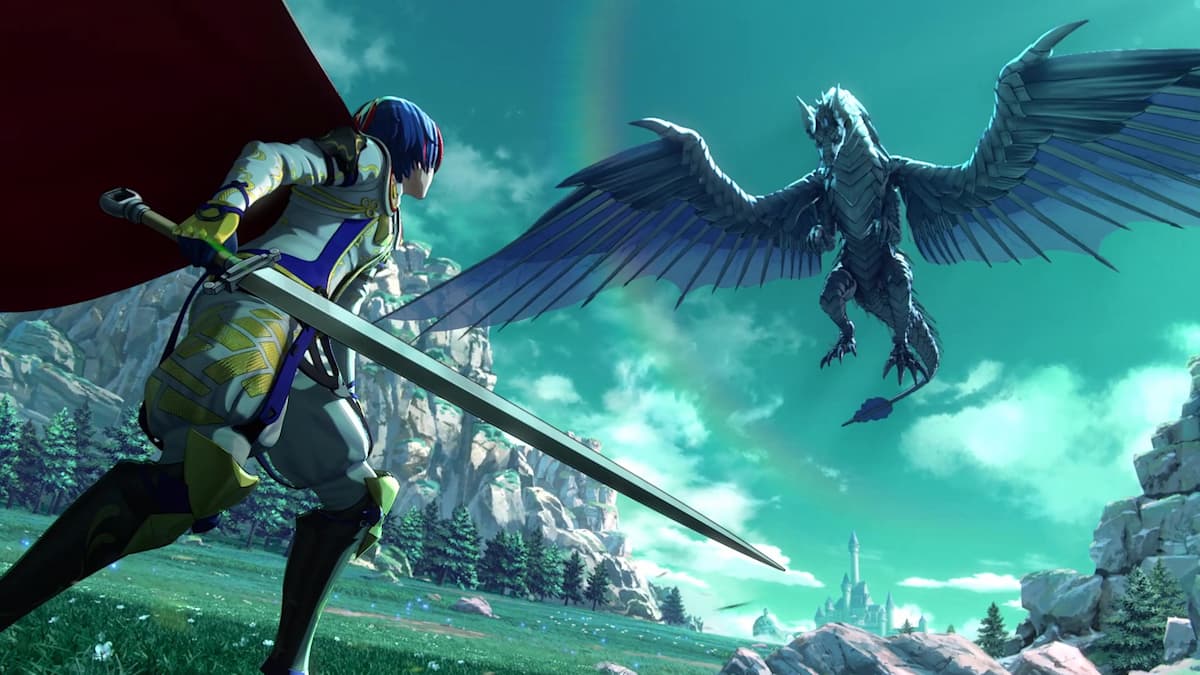
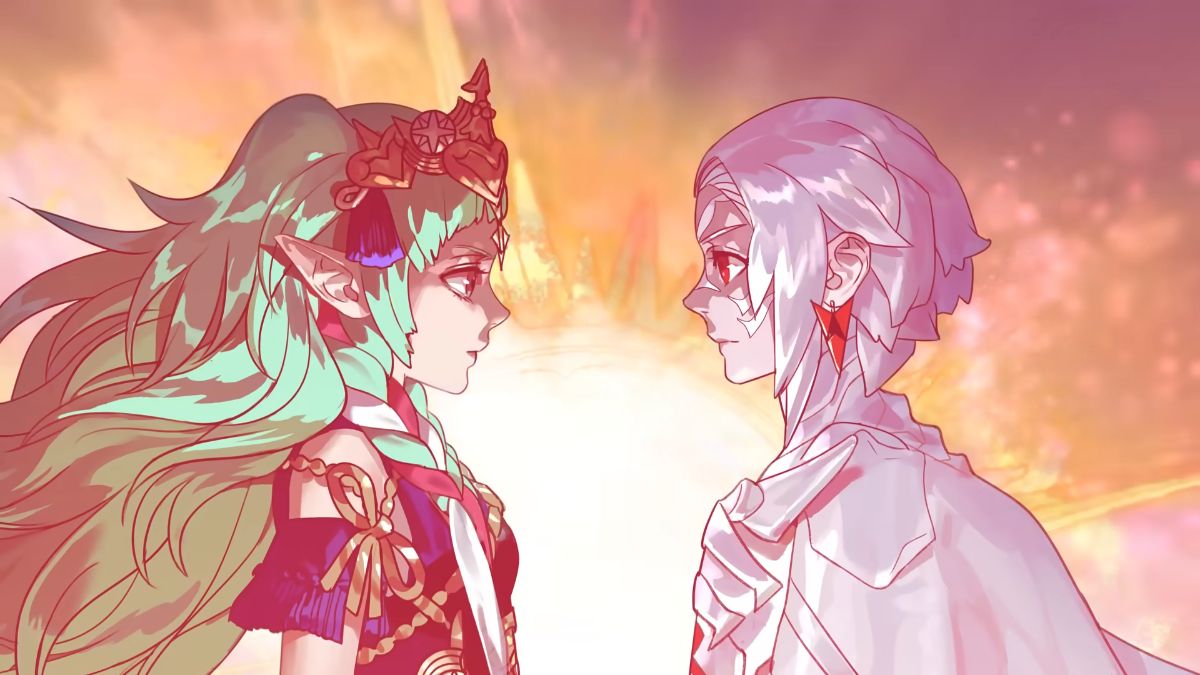


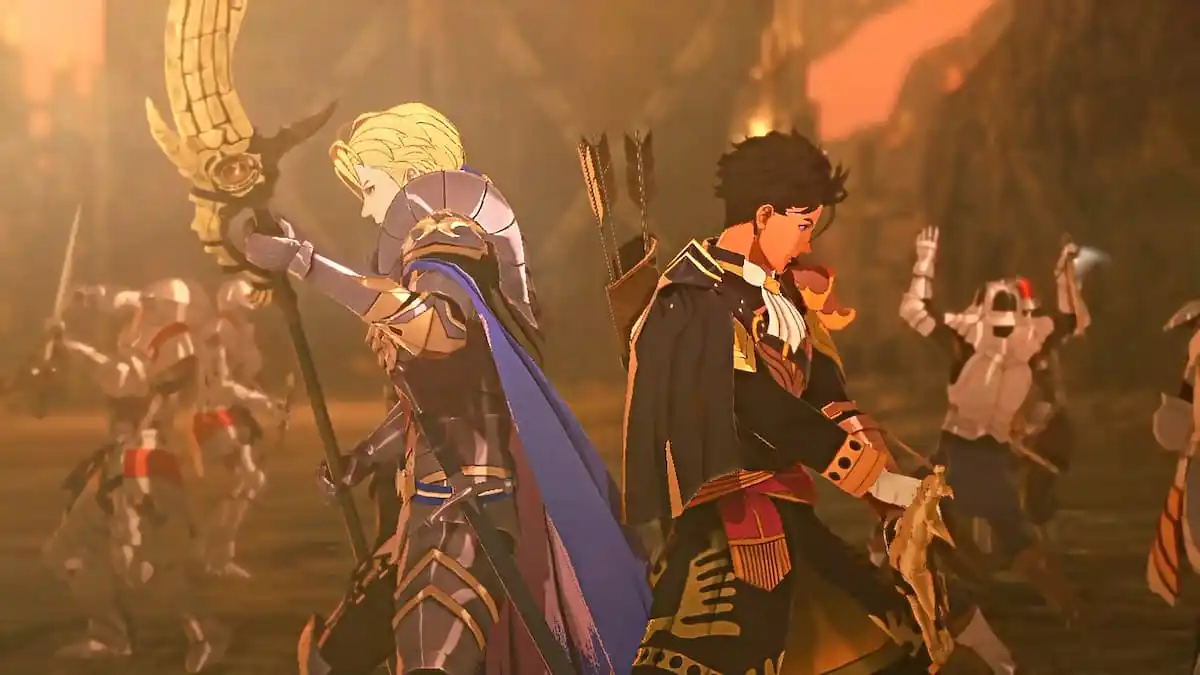
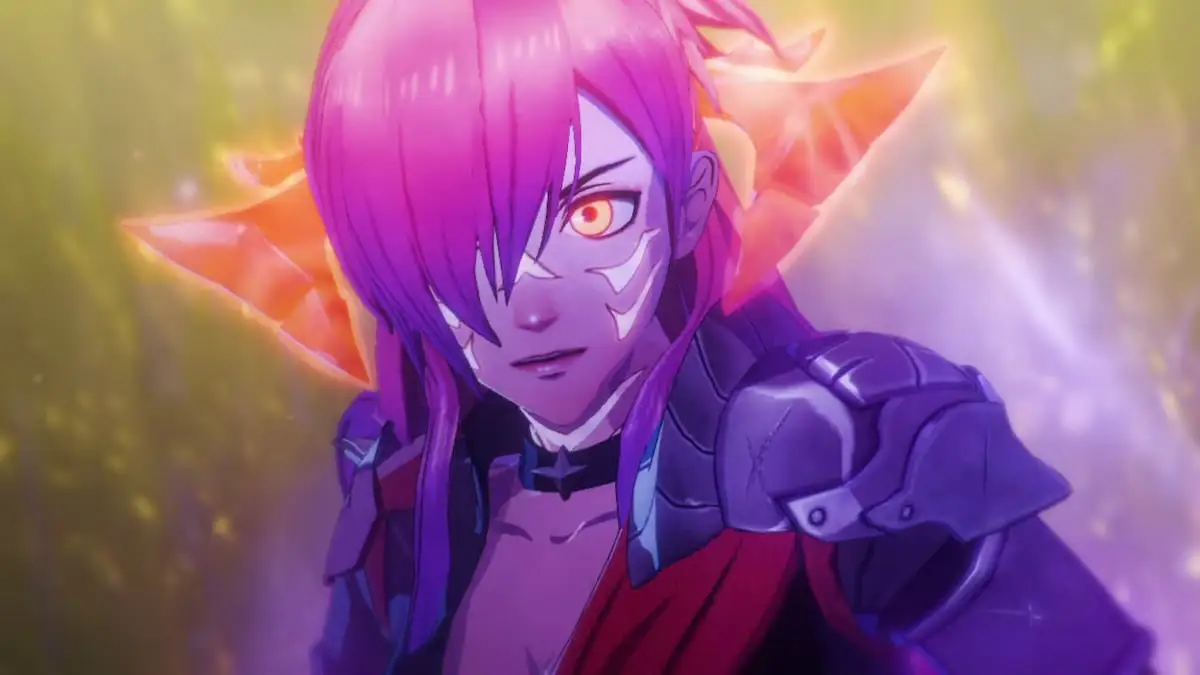
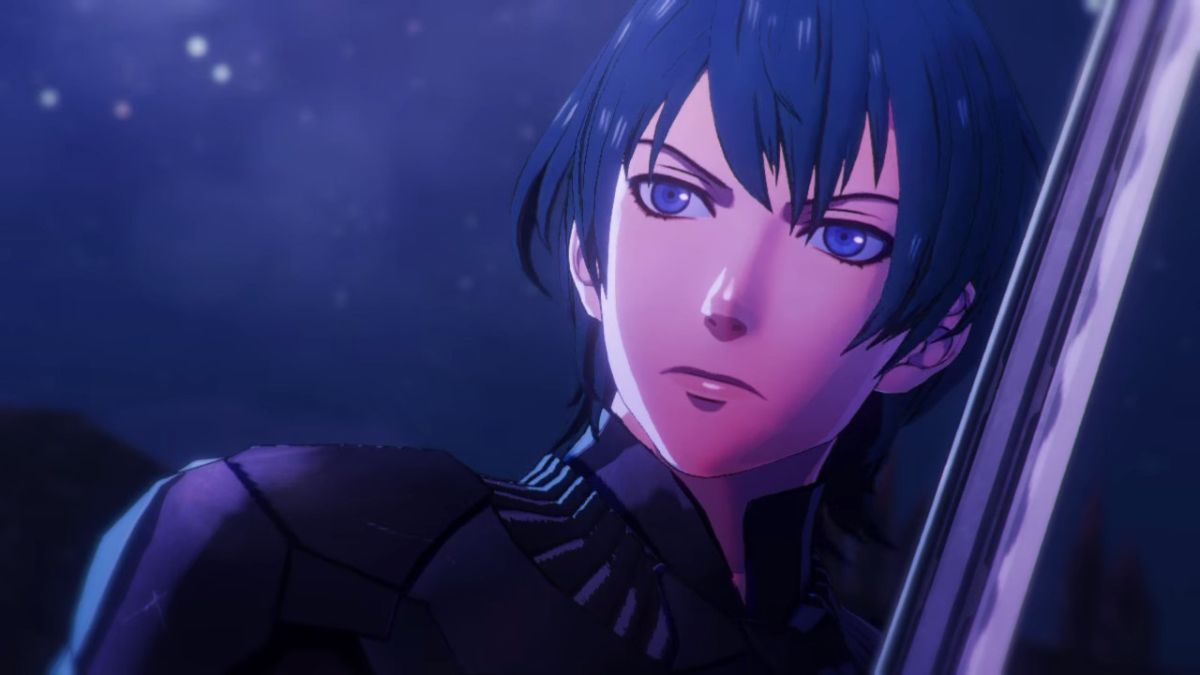
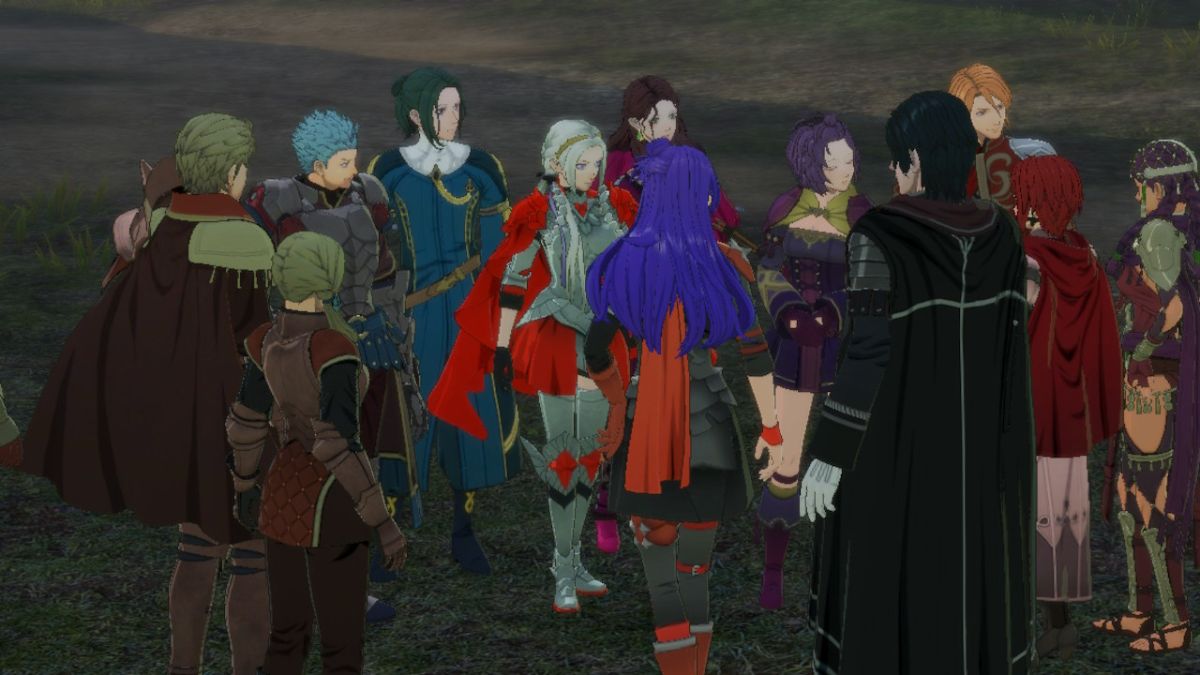
Published: Oct 31, 2022 01:28 am